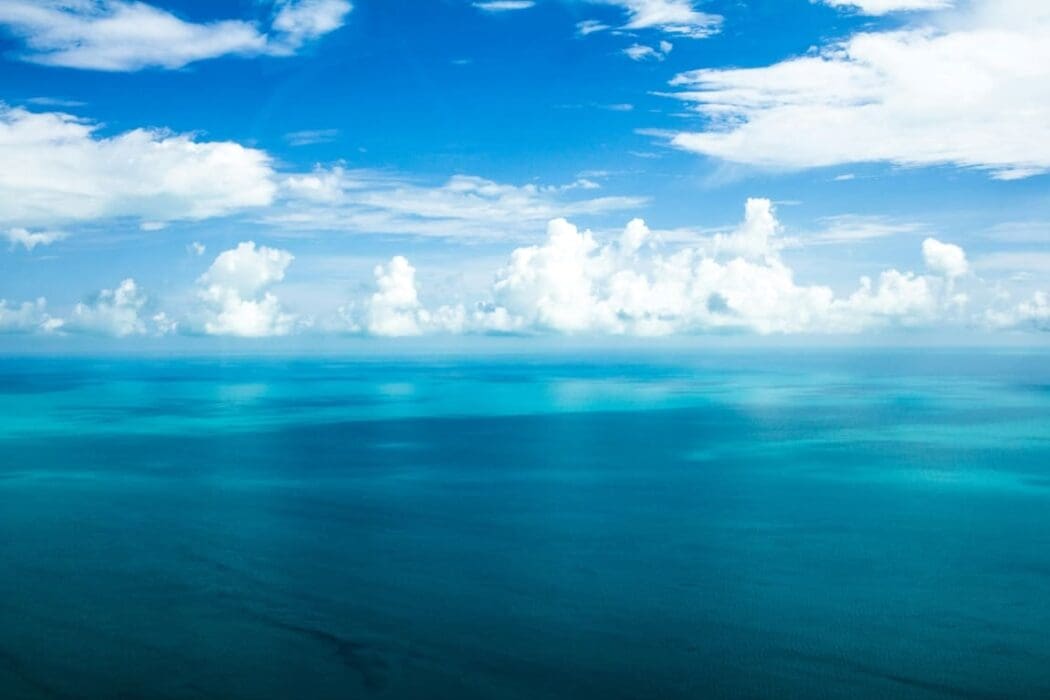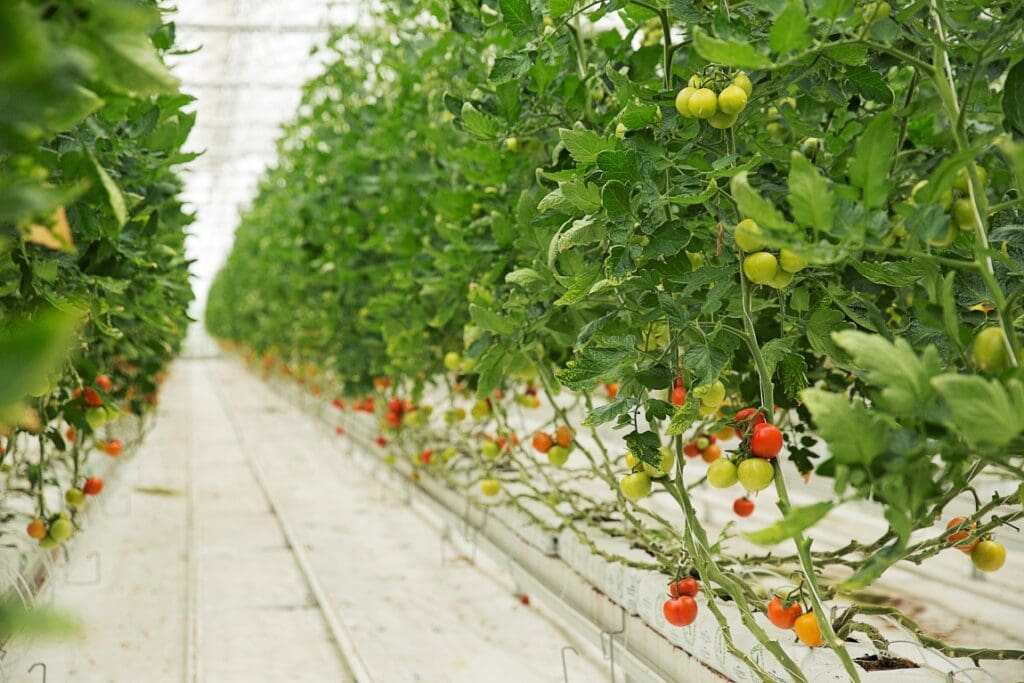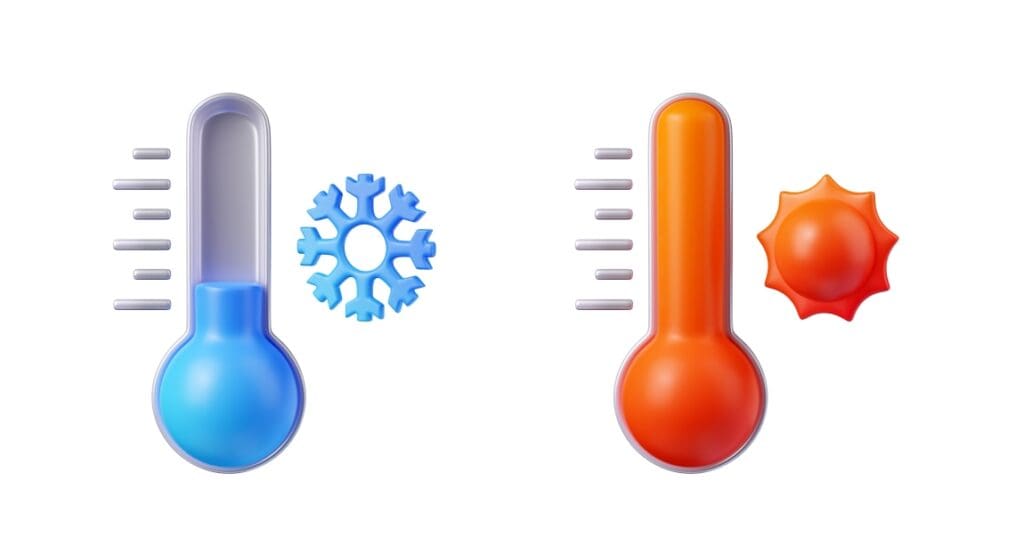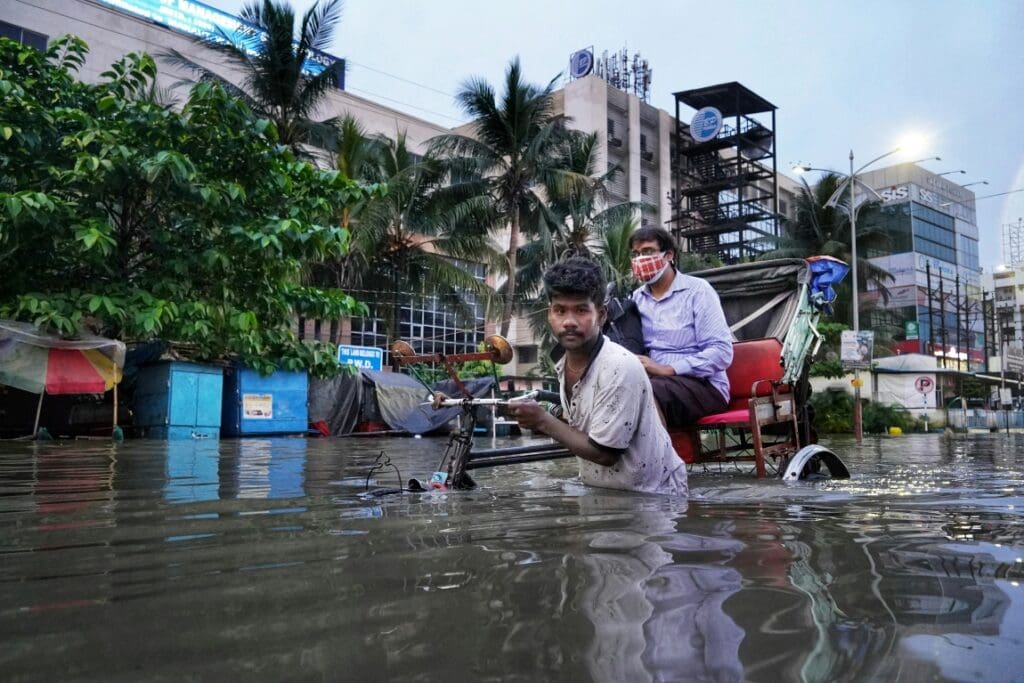New findings challenge current thinking on the ocean’s role in storing carbon.
By Jennifer Chu | Massachusetts Institute of Technology (MIT)
As climate change advances, the ocean’s overturning circulation is predicted to weaken substantially. With such a slowdown, scientists estimate the ocean will pull down less carbon dioxide from the atmosphere. However, a slower circulation should also dredge up less carbon from the deep ocean that would otherwise be released back into the atmosphere. On balance, the ocean should maintain its role in reducing carbon emissions from the atmosphere, if at a slower pace.
However, a new study by an MIT researcher finds that scientists may have to rethink the relationship between the ocean’s circulation and its long-term capacity to store carbon. As the ocean gets weaker, it could release more carbon from the deep ocean into the atmosphere instead.
The reason has to do with a previously uncharacterized feedback between the ocean’s available iron, upwelling carbon and nutrients, surface microorganisms, and a little-known class of molecules known generally as “ligands.” When the ocean circulates more slowly, all these players interact in a self-perpetuating cycle that ultimately increases the amount of carbon that the ocean outgases back to the atmosphere.
“By isolating the impact of this feedback, we see a fundamentally different relationship between ocean circulation and atmospheric carbon levels, with implications for the climate,” says study author Jonathan Lauderdale, a research scientist in MIT’s Department of Earth, Atmospheric, and Planetary Sciences. “What we thought is going on in the ocean is completely overturned.”
Lauderdale says the findings show that “we can’t count on the ocean to store carbon in the deep ocean in response to future changes in circulation. We must be proactive in cutting emissions now, rather than relying on these natural processes to buy us time to mitigate climate change.”
His study will appear in the journal Nature Communications.
Box flow
In 2020, Lauderdale led a study that explored ocean nutrients, marine organisms, and iron, and how their interactions influence the growth of phytoplankton around the world. Phytoplankton are microscopic, plant-like organisms that live on the ocean surface and consume a diet of carbon and nutrients that upwell from the deep ocean and iron that drifts in from desert dust.
The more phytoplankton that can grow, the more carbon dioxide they can absorb from the atmosphere via photosynthesis, and this plays a large role in the ocean’s ability to sequester carbon.
For the 2020 study, the team developed a simple “box” model, representing conditions in different parts of the ocean as general boxes, each with a different balance of nutrients, iron, and ligands — organic molecules that are thought to be byproducts of phytoplankton. The team modeled a general flow between the boxes to represent the ocean’s larger circulation — the way seawater sinks, then is buoyed back up to the surface in different parts of the world.
This modeling revealed that, even if scientists were to “seed” the oceans with extra iron, that iron wouldn’t have much of an effect on global phytoplankton growth. The reason was due to a limit set by ligands. It turns out that, if left on its own, iron is insoluble in the ocean and therefore unavailable to phytoplankton. Iron only becomes soluble at “useful” levels when linked with ligands, which keep iron in a form that plankton can consume. Lauderdale found that adding iron to one ocean region to consume additional nutrients robs other regions of nutrients that phytoplankton there need to grow. This lowers the production of ligands and the supply of iron back to the original ocean region, limiting the amount of extra carbon that would be taken up from the atmosphere.
Unexpected switch
Once the team published their study, Lauderdale worked the box model into a form that he could make publicly accessible, including ocean and atmosphere carbon exchange and extending the boxes to represent more diverse environments, such as conditions similar to the Pacific, the North Atlantic, and the Southern Ocean. In the process, he tested other interactions within the model, including the effect of varying ocean circulation.
He ran the model with different circulation strengths, expecting to see less atmospheric carbon dioxide with weaker ocean overturning — a relationship that previous studies have supported, dating back to the 1980s. But what he found instead was a clear and opposite trend: The weaker the ocean’s circulation, the more CO2 built up in the atmosphere.
“I thought there was some mistake,” Lauderdale recalls. “Why were atmospheric carbon levels trending the wrong way?”
When he checked the model, he found that the parameter describing ocean ligands had been left “on” as a variable. In other words, the model was calculating ligand concentrations as changing from one ocean region to another.
On a hunch, Lauderdale turned this parameter “off,” which set ligand concentrations as constant in every modeled ocean environment, an assumption that many ocean models typically make. That one change reversed the trend, back to the assumed relationship: A weaker circulation led to reduced atmospheric carbon dioxide. But which trend was closer to the truth?
Lauderdale looked to the scant available data on ocean ligands to see whether their concentrations were more constant or variable in the actual ocean. He found confirmation in GEOTRACES, an international study that coordinates measurements of trace elements and isotopes across the world’s oceans, that scientists can use to compare concentrations from region to region. Indeed, the molecules’ concentrations varied. If ligand concentrations do change from one region to another, then his surprise new result was likely representative of the real ocean: A weaker circulation leads to more carbon dioxide in the atmosphere.
“It’s this one weird trick that changed everything,” Lauderdale says. “The ligand switch has revealed this completely different relationship between ocean circulation and atmospheric CO2 that we thought we understood pretty well.”
Slow cycle
To see what might explain the overturned trend, Lauderdale analyzed biological activity and carbon, nutrient, iron, and ligand concentrations from the ocean model under different circulation strengths, comparing scenarios where ligands were variable or constant across the various boxes.
This revealed a new feedback: The weaker the ocean’s circulation, the less carbon and nutrients the ocean pulls up from the deep. Any phytoplankton at the surface would then have fewer resources to grow and would produce fewer byproducts (including ligands) as a result. With fewer ligands available, less iron at the surface would be usable, further reducing the phytoplankton population. There would then be fewer phytoplankton available to absorb carbon dioxide from the atmosphere and consume upwelled carbon from the deep ocean.
“My work shows that we need to look more carefully at how ocean biology can affect the climate,” Lauderdale points out. “Some climate models predict a 30 percent slowdown in the ocean circulation due to melting ice sheets, particularly around Antarctica. This huge slowdown in overturning circulation could actually be a big problem: In addition to a host of other climate issues, not only would the ocean take up less anthropogenic CO2 from the atmosphere, but that could be amplified by a net outgassing of deep ocean carbon, leading to an unanticipated increase in atmospheric CO2 and unexpected further climate warming.”
More information: Jonathan Maitland Lauderdale, ‘Ocean iron cycle feedbacks decouple atmospheric CO2 from meridional overturning circulation changes’, Nature Communications (15, 5532; 2024); DOI: 10.1038/s41467-024-49274-1. MIT Press Release / Material. Featured image credit: Romello Williams | Unsplash




